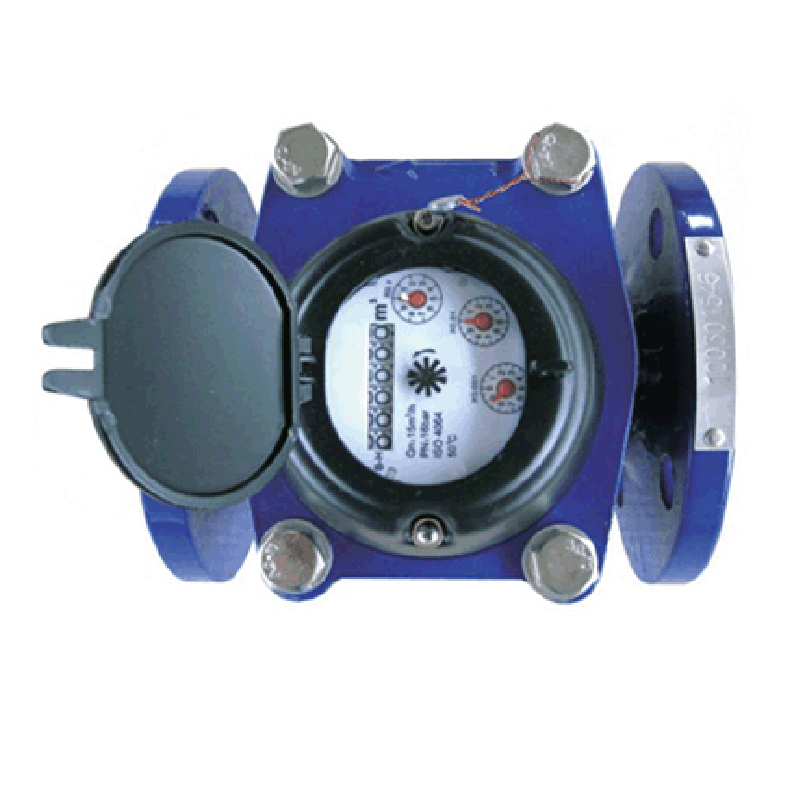10 月 . 13, 2024 18:32 Back to list
check valve with counterweight
Check Valves with Counterweights Ensuring Efficient Flow Control
Check valves are essential components in various fluid systems, designed to prevent backflow and maintain the direction of fluid flow. Among the various types of check valves, those equipped with counterweights have emerged as a particularly innovative solution, providing enhanced performance and reliability in numerous applications.
A check valve operates on a simple principle it allows fluid to flow in one direction while automatically blocking reverse flow. This functionality is crucial in preventing damage to equipment, ensuring safe operations, and maintaining efficiency within the system. The integration of a counterweight mechanism takes the traditional check valve a step further by enhancing its responsiveness and reducing the risk of water hammer or pressure surges.
Understanding Counterweights in Check Valves
The counterweight in a check valve serves to help control the opening and closing of the valve disc. When fluid pressure exceeds the force exerted by the counterweight, the valve opens to allow flow. Once the fluid pressure drops or reverses, the counterweight assists in closing the valve quickly and smoothly, minimizing the chance of backflow. This additional control mechanism is particularly useful in applications where pressure fluctuations are common, such as in pumping stations, water treatment facilities, and industrial processes.
Advantages of Check Valves with Counterweights
1. Enhanced Stability The presence of a counterweight stabilizes the valve's operation, allowing it to respond efficiently to fluctuating pressures. This stability is particularly beneficial in systems where rapid changes in flow direction may occur.
check valve with counterweight

2. Reduced Water Hammer Water hammer—a pressure surge when fluid flow is abruptly stopped—can cause significant damage to pipes and valves. The counterweight aids in cushioning the valve's closing action, thus mitigating the effects of water hammer and extending the operational lifespan of the system.
3. Safety and Reliability A check valve with a counterweight provides an additional layer of safety, ensuring that backflow is effectively prevented even in case of sudden drops in pressure. This is crucial in applications such as fire protection systems, where backflow could lead to contamination.
4. Minimal Maintenance These valves usually require less maintenance compared to standard check valves because the counterweight mechanism inherently reduces wear and tear. This efficiency translates to lower downtime and maintenance costs over time.
Applications
Check valves with counterweights are utilized across various sectors, including water and wastewater management, chemical processing, oil and gas, and HVAC systems. Their ability to perform reliably in harsh conditions makes them an excellent choice for both industrial and municipal applications. Whether in managing fluid flow in pipelines or safeguarding equipment from backflow, these valves play a crucial role in maintaining operational efficiency.
Conclusion
In summary, check valves with counterweights represent a key advancement in fluid control technology, providing improved stability, reliability, and longevity. As industries continue to demand higher performance and safety standards, the importance of integrating counterweights into check valve designs will likely keep growing. Investing in such innovative solutions not only ensures efficient flow management but also enhances overall system performance, contributing to the sustainability and safety of modern fluid handling systems.
Share
-
Understanding the Differences Between Wafer Type Butterfly Valve and Lugged Butterfly ValveNewsOct.25,2024
-
The Efficiency of Wafer Type Butterfly Valve and Lugged Butterfly ValveNewsOct.25,2024
-
The Ultimate Guide to Industrial Swing Check Valve: Performance, Installation, and MaintenanceNewsOct.25,2024
-
Superior Performance with Industrial Swing Check Valve: The Essential Valve for Any SystemNewsOct.25,2024
-
Industrial Swing Check Valve: The Ideal Solution for Flow ControlNewsOct.25,2024
-
You Need to Know About Industrial Swing Check Valve: Functionality, Scope, and PerformanceNewsOct.25,2024